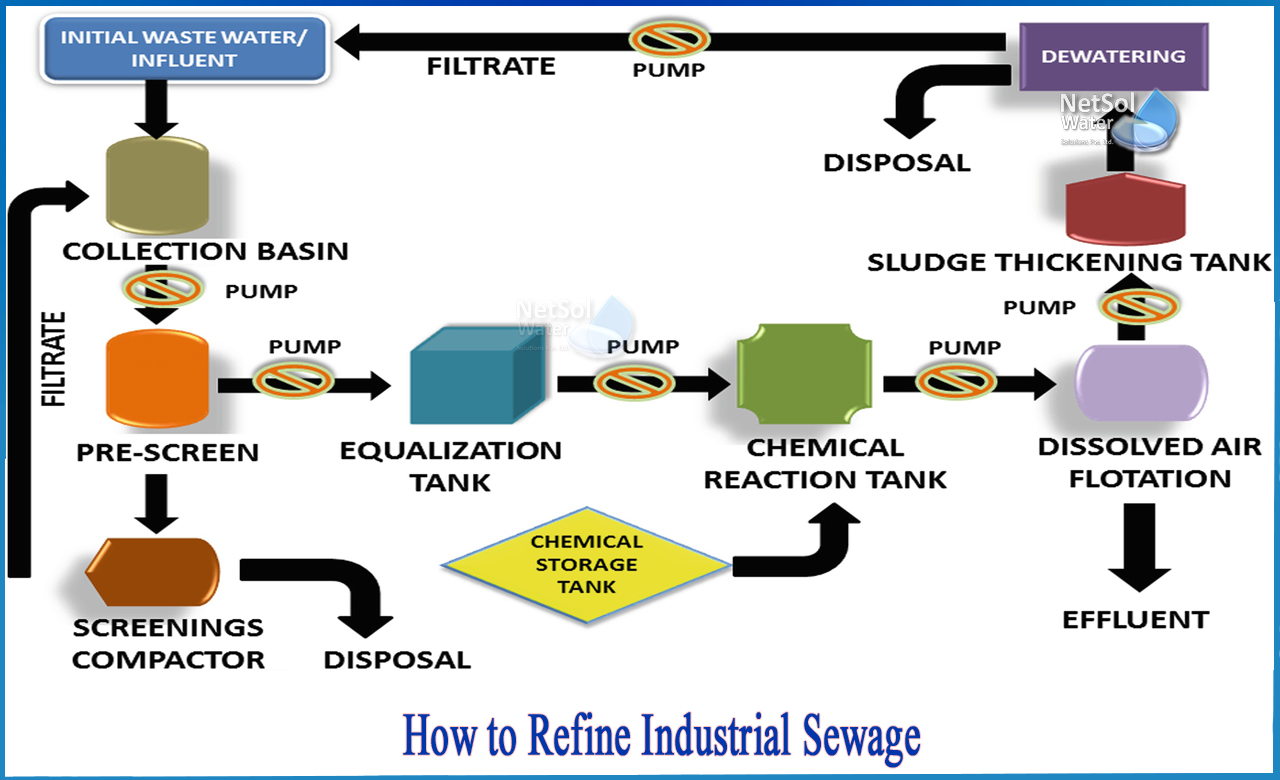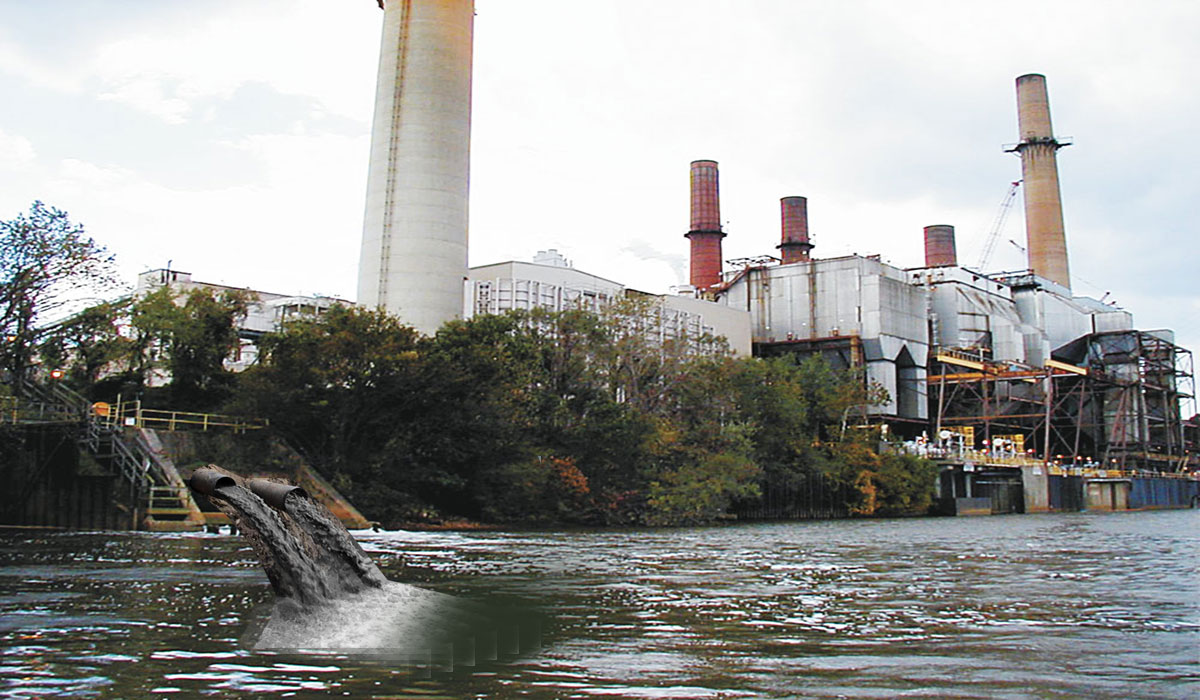Industrial Waste Water Treatment-- Industrial-Grade Water Purification and Filtration Solutions
Industrial Waste Water Treatment-- Industrial-Grade Water Purification and Filtration Solutions
Blog Article
Technologies and Breakthroughs in Industrial Waste Water Therapy Technologies
The landscape of commercial wastewater therapy is undertaking a transformative change, driven by innovations that boost both efficiency and sustainability. Emerging innovations, such as membrane bioreactors and microbial fuel cells, are redefining impurity elimination procedures while contributing to energy generation. Resource recuperation methods are gaining grip, lining up with round economic climate concepts. As governing criteria develop, the integration of AI and artificial intelligence right into wastewater administration systems assures to enhance operations and make sure compliance. The complete implications of these improvements increase critical questions about their scalability and long-lasting effect on market methods.
Overview of Waste Water Therapy Technologies
Wastewater therapy modern technologies include a series of methods designed to remove impurities from commercial effluents before their release right into the atmosphere. These innovations are crucial for maintaining environmental balance and ensuring conformity with ecological policies. The primary groups of wastewater treatment include physical, chemical, and organic techniques, each offering distinctive functions based upon the nature of the pollutants present.

Biological therapy methods utilize microbes to degrade raw material, making them especially reliable for organic-rich effluents. Techniques like activated sludge and biofilm reactors harness the all-natural deterioration capacities of bacteria, resulting in considerable decreases in biochemical oxygen need (BODY)
Advanced Purification Strategies
Advanced purification strategies stand for a crucial development in the realm of industrial wastewater treatment, enhancing the efficiency of contaminant removal processes. Industrial Waste Water Treatment. These methods encompass a range of technologies, consisting of microfiltration, ultrafiltration, nanofiltration, and turn around osmosis, which give consecutive obstacles for different bit sizes and chemical structures
Microfiltration and ultrafiltration utilize membrane layer systems to get rid of put on hold solids, germs, and larger organic molecules, boosting the top quality of effluent before additional treatment. Nanofiltration bridges the gap in between ultrafiltration and turn around osmosis, efficiently eliminating divalent ions and organic compounds, therefore minimizing the lots on downstream processes.
Reverse osmosis provides the highest level of purification by allowing just water and little molecules to go through its semi-permeable membrane layers, making it suitable for recovering top quality water from commercial effluents. Current developments in membrane modern technology, including the growth of even more fouling-resistant and sturdy materials, have dramatically enhanced functional performance and decreased costs.
Integrating these advanced purification techniques not just enhances the general treatment process but likewise adds to sustainability efforts by making it possible for water reuse and resource recuperation in industrial setups. (Industrial Waste Water Treatment)
Biological Treatment Technologies

Additionally, the growth of engineered biological systems, such as membrane layer bioreactors (MBRs), combines organic treatment with innovative membrane layer filtration. This assimilation permits greater effluent high quality and reduced impact, making it suitable for space-constrained commercial facilities. her explanation Technologies in genetically engineered microbes have additionally emerged, boosting the biodegradation of particular contaminants, such as drugs and hefty metals, that are commonly testing to eliminate.
In addition, the implementation of bioaugmentation approaches, where useful germs are introduced to boost the existing biological treatment procedures, has actually shown promising results in boosting treatment performance. These technologies collectively symbolize a fad towards more lasting and efficient organic treatment approaches that can adjust to the evolving complexities of commercial wastewater streams. As sectors proceed to prioritize environmental compliance, these organic innovations will play a vital duty in wastewater monitoring.

Resource Recovery Approaches
In industrial setups, the combination of resource healing methods has actually ended up being increasingly essential for improving sustainability and decreasing waste. These techniques concentrate on drawing out beneficial materials and power from wastewater streams, consequently changing prospective toxins into multiple-use resources.
One famous approach is vitamins and mineral recovery, where nitrogen and phosphorus, usually present over in wastewater, are captured and exchanged fertilizers. This not only lowers environmental effects yet also supplies a circular economic climate remedy for agricultural applications. Furthermore, modern technologies such as anaerobic food digestion enable the conversion of natural waste right into biogas, a renewable resource resource that can balance out nonrenewable fuel source usage in industrial operations.
Moreover, progressed filtration and membrane innovations promote the recovery of industrial spin-offs such as salts and steels. These recovered materials can be reintegrated into production procedures, lowering the demand for virgin resources.
Future Trends in Waste Water Administration
As markets significantly focus on sustainability, the future of wastewater monitoring is readied to undergo significant changes. Technological improvements, such as expert system and artificial intelligence, will certainly make it possible for more efficient monitoring and management of wastewater systems. These technologies can forecast upkeep see this here demands, maximize therapy procedures, and improve decision-making, eventually decreasing operational costs and ecological influence.
In addition, the assimilation of round economic climate principles will play an essential role in wastewater monitoring. Industries are anticipated to move towards systems that not only deal with wastewater however likewise recover beneficial sources, such as nutrients, water, and energy. This transition will certainly decrease waste and promote the reuse of materials, straightening with worldwide sustainability goals.
Arising therapy methods, such as membrane bioreactors and progressed oxidation processes, will better improve the effectiveness of wastewater therapy, enabling better effluents appropriate for reuse. Additionally, governing frameworks are most likely to progress, emphasizing more additional hints stringent requirements for wastewater discharge and motivating markets to adopt cutting-edge treatment remedies.
Final Thought
In verdict, the evolution of industrial wastewater treatment innovations shows a substantial shift towards improved performance and sustainability (Industrial Waste Water Treatment). Technologies in advanced filtration methods, biological therapies, and source recuperation approaches highlight the industry's commitment to environmental stewardship.
The landscape of industrial wastewater treatment is going through a transformative shift, driven by advancements that improve both performance and sustainability.Wastewater therapy modern technologies incorporate a range of methods designed to remove contaminants from industrial effluents before their release right into the setting.Harnessing the power of organic procedures has actually led to considerable advancements in the therapy of industrial wastewater.Furthermore, the implementation of bioaugmentation techniques, where advantageous microbes are introduced to enhance the existing organic therapy procedures, has shown promising outcomes in boosting treatment performance. These innovations jointly symbolize a pattern towards more lasting and effective biological therapy methods that can adjust to the developing complexities of commercial wastewater streams.
Report this page